. The Foundation of Colour Theory in Interior Design
Colour theory is a system used by designers to understand the relationships between colours and how they interact with one another. In interior design, it helps create balanced, aesthetically pleasing spaces that resonate emotionally with the people living or working within them. The core components of colour theory include:
- Primary colours (red, blue, yellow) – These are the building blocks for all other colours.
- Secondary colours (orange, green, purple) – Created by mixing two primary colours.
- Tertiary colours – The result of mixing a primary colour with a secondary colour.
- Complementary colours – Colours opposite each other on the colour wheel, creating high contrast and vibrant effects when paired.
- Analogous colours – Colours next to each other on the wheel, often used to create serene, harmonious designs.
- Monochromatic schemes – Variations of one hue, offering a simple, cohesive look.
Understanding these principles allows designers to create spaces that feel balanced, grounded, or dynamic, depending on the desired outcome.
2. Colour Trends for 2025: A Shift Towards Serenity and Sustainability
In 2025, we are seeing a strong shift toward calming, organic tones influenced by a global desire for comfort, sustainability, and connection to nature. Here’s a look at the key colour trends that will shape interior design in the coming year:
a) Earthy Neutrals and Warm Tones
The trend towards earthy neutrals continues to dominate interior design in 2025, as people seek spaces that offer warmth, comfort, and a deeper connection to nature. Shades like warm beige, terracotta, ochre, and olive green are popular for their grounded, organic feel. These tones evoke a sense of tranquility and are often used in spaces where relaxation and reflection are key, such as living rooms, bedrooms, and meditation areas.
These colours also resonate with the growing trend of eco-consciousness, as they mimic the natural world and are typically associated with sustainable, organic materials. In addition, they pair beautifully with other natural elements like wood, stone, and plants, enhancing the sense of harmony within a space.
b) Deep Blues and Greens
In 2025, we’re also seeing a return of deep blues and greens, inspired by nature and a desire to promote relaxation and calm. Forest green, navy blue, and teal evoke the peacefulness of forests, oceans, and skies, making them ideal for creating serene, restorative spaces. These shades are especially popular for bedrooms, bathrooms, and home offices, where a tranquil environment can foster concentration and well-being.
Rich, dark blues and greens can also be used to add sophistication and drama to living rooms or dining areas, creating an atmosphere of elegance and depth without being overwhelming.
c) Soft, Muted Pinks and Lavenders
Pale, muted tones of rose, blush pink, and lavender are gaining momentum as interior designers seek to create spaces that are soft, soothing, and emotionally comforting. These colours, often referred to as “romantic neutrals,” have a calming effect and are being used in everything from bedroom walls to soft furnishings and accessories.
Lavender, in particular, is emerging as a trendy choice in 2025 for its association with mindfulness, relaxation, and creativity. These subtle hues are particularly suitable for spaces that promote rest and rejuvenation, making them ideal for bedrooms, bathrooms, or wellness-focused areas.
d) Vibrant Accents: Mustard Yellows and Coral
While the trend leans towards muted, natural tones, there’s also a space for bold accent colours in 2025. Mustard yellow and coral are taking centre stage as vibrant, optimistic colours that can add warmth and energy to a room. These colours are particularly popular in accessories like throw pillows, rugs, and art pieces. When used sparingly, they can create focal points and bring life to an otherwise neutral room.
In the context of colour theory, these tones act as complementary colours to the more subdued neutrals in the space, creating a sense of balance and contrast. They’re perfect for bringing an element of fun, creativity, and warmth to spaces like kitchens, living rooms, and creative offices.
3. The Psychological Impact of Colour in 2025
The psychological effects of colour continue to be a significant consideration in interior design. As people’s awareness of mental health and well-being grows, colours are being carefully chosen to create environments that promote relaxation, focus, or productivity.
- Blue and green are widely recognized for their calming effects, making them ideal for spaces where people need to unwind or focus, such as bedrooms and home offices.
- Yellow can stimulate creativity and positivity, making it perfect for kitchens, dining rooms, and workspaces.
- Pink has a nurturing quality and can create a soothing, stress-free environment, ideal for children’s rooms or places of rest.
- Grey, when used in its softer, warmer variations, can provide a neutral backdrop that promotes a sense of calm without feeling cold or sterile.
In 2025, the psychological impact of colour is further enhanced by the increasing use of biophilic design—a style that emphasizes natural elements and the incorporation of greenery into interiors. Colours that reflect nature, such as leafy greens, ocean blues, and earth tones, are believed to improve mental clarity and reduce stress, which is why they remain prominent in modern interior spaces.
4. Sustainability and Colour Choices: Natural Materials and Eco-Friendly Paints
As sustainability becomes a central concern for many interior designers and homeowners, colour choices are increasingly influenced by eco-consciousness. Natural and organic colours are often paired with materials like bamboo, cork, hemp, and recycled fabrics, further reinforcing the connection to the environment.
In 2025, eco-friendly paints and finishes are expected to gain more traction. Non-toxic, low-VOC (volatile organic compound) paints that offer a wider spectrum of colours are becoming more accessible. Designers are seeking colours that not only reflect an eco-conscious ethos but also provide a healthier indoor environment.
5. Colour Pairings to Watch in 2025
As we move into 2025, some exciting colour pairings are expected to define interior design:
- Earthy beige and terracotta: A warm, natural combination that invokes the feeling of the desert and natural landscapes.
- Deep green and mustard yellow: A bold, contrasting duo that adds vibrancy and life to any room.
- Soft lavender and grey: A delicate, calming pairing perfect for bedrooms or meditation spaces.
- Navy blue and gold accents: A sophisticated and elegant combination that works well in luxurious, high-end interiors.
6. Conclusion: Designing with Purpose in 2025
Colour theory in interior design is an ever-evolving field, shaped by cultural shifts, technological advancements, and a deeper understanding of human psychology. In 2025, we see a clear emphasis on creating spaces that nurture the mind, body, and soul—spaces that feel both grounded and inspiring. By choosing colours that promote well-being, sustainability, and a connection to nature, designers are not just crafting aesthetically pleasing interiors, but thoughtful, intentional environments that enhance the quality of life. Whether it’s the serenity of earthy neutrals or the bold energy of vibrant accents, colour will continue to be an essential element in shaping the interiors of the future.



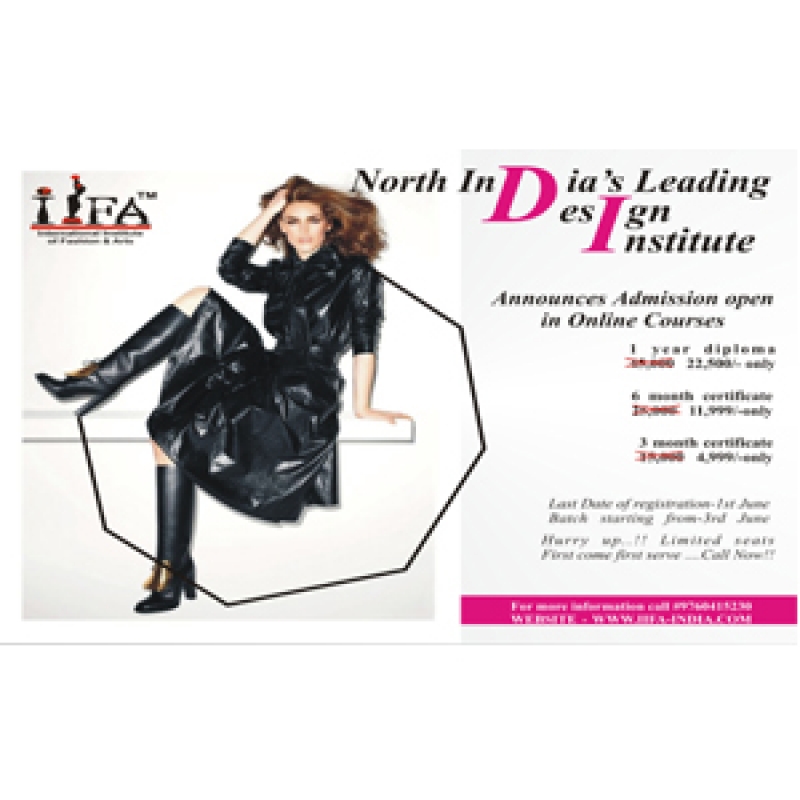


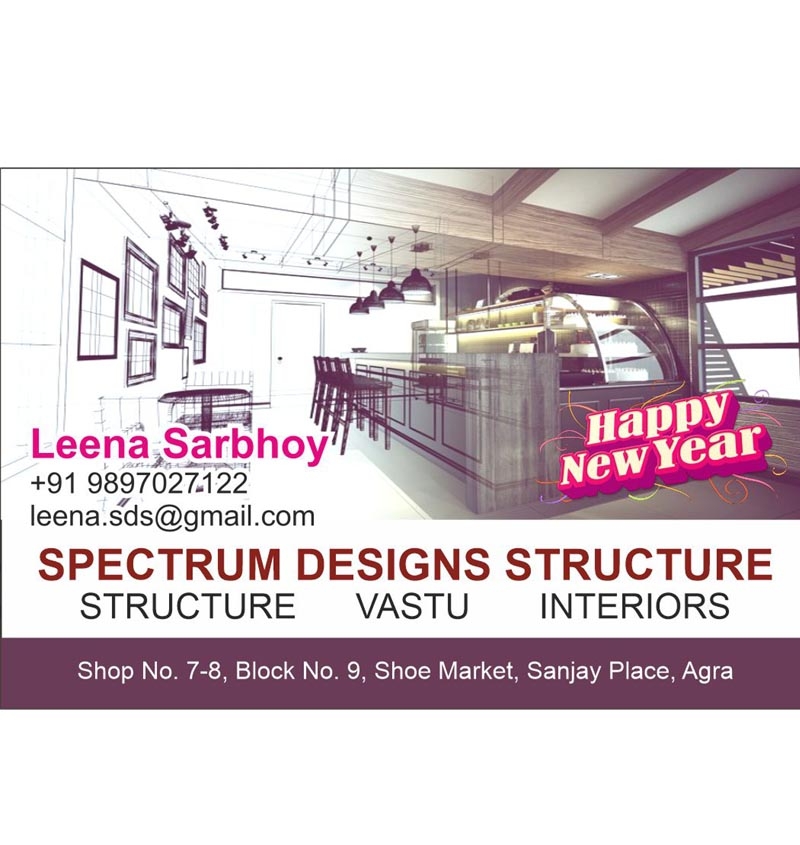


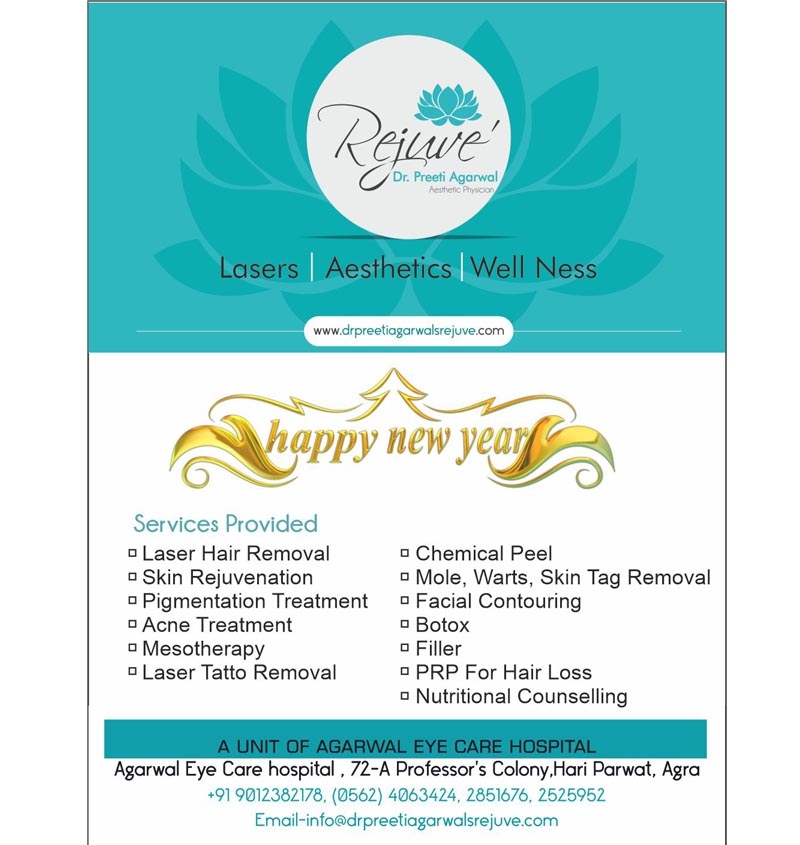

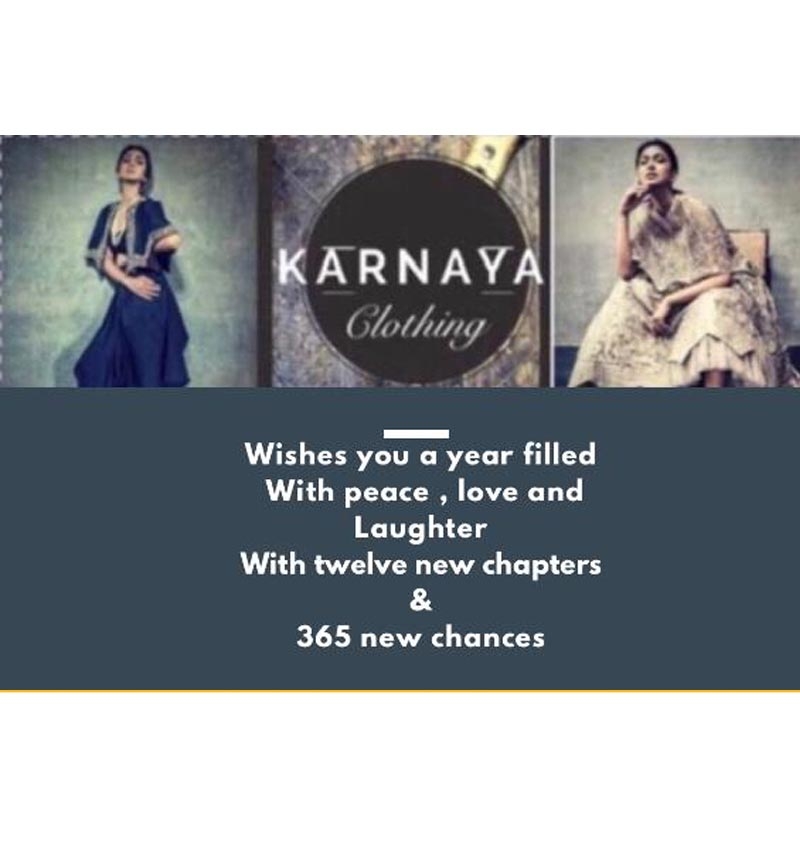



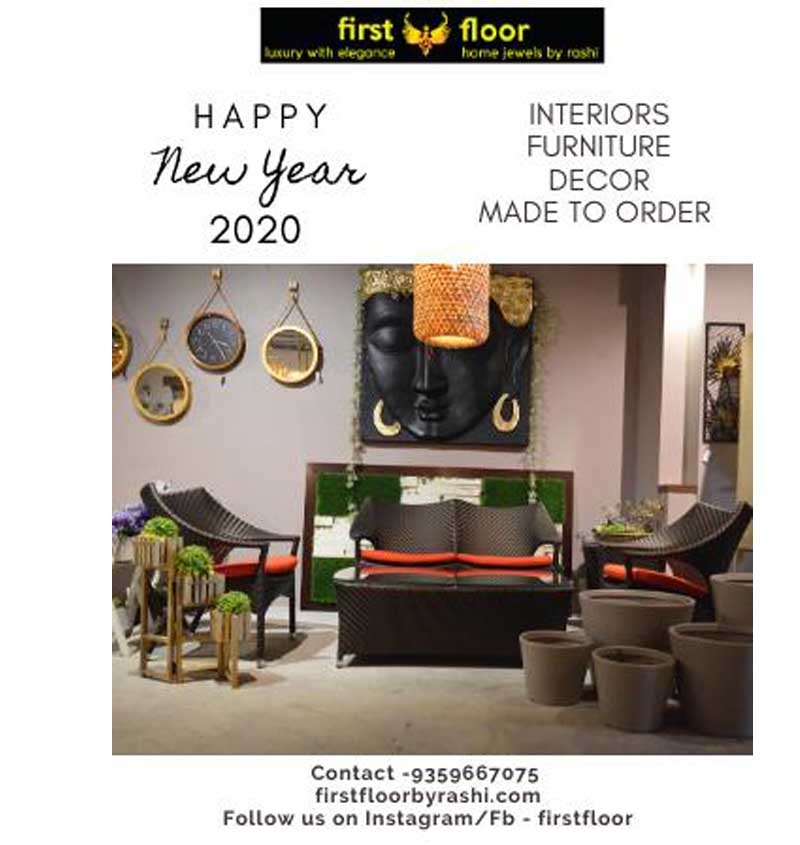


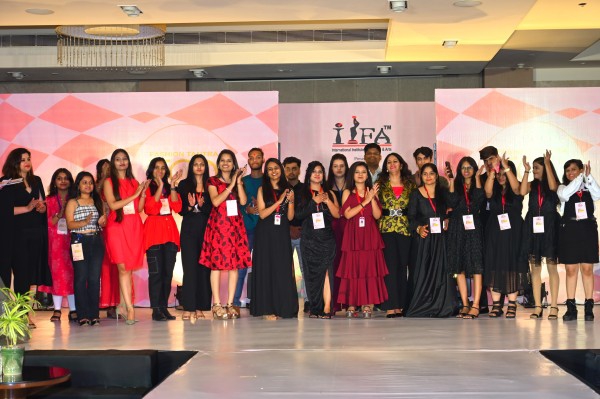
Your Message